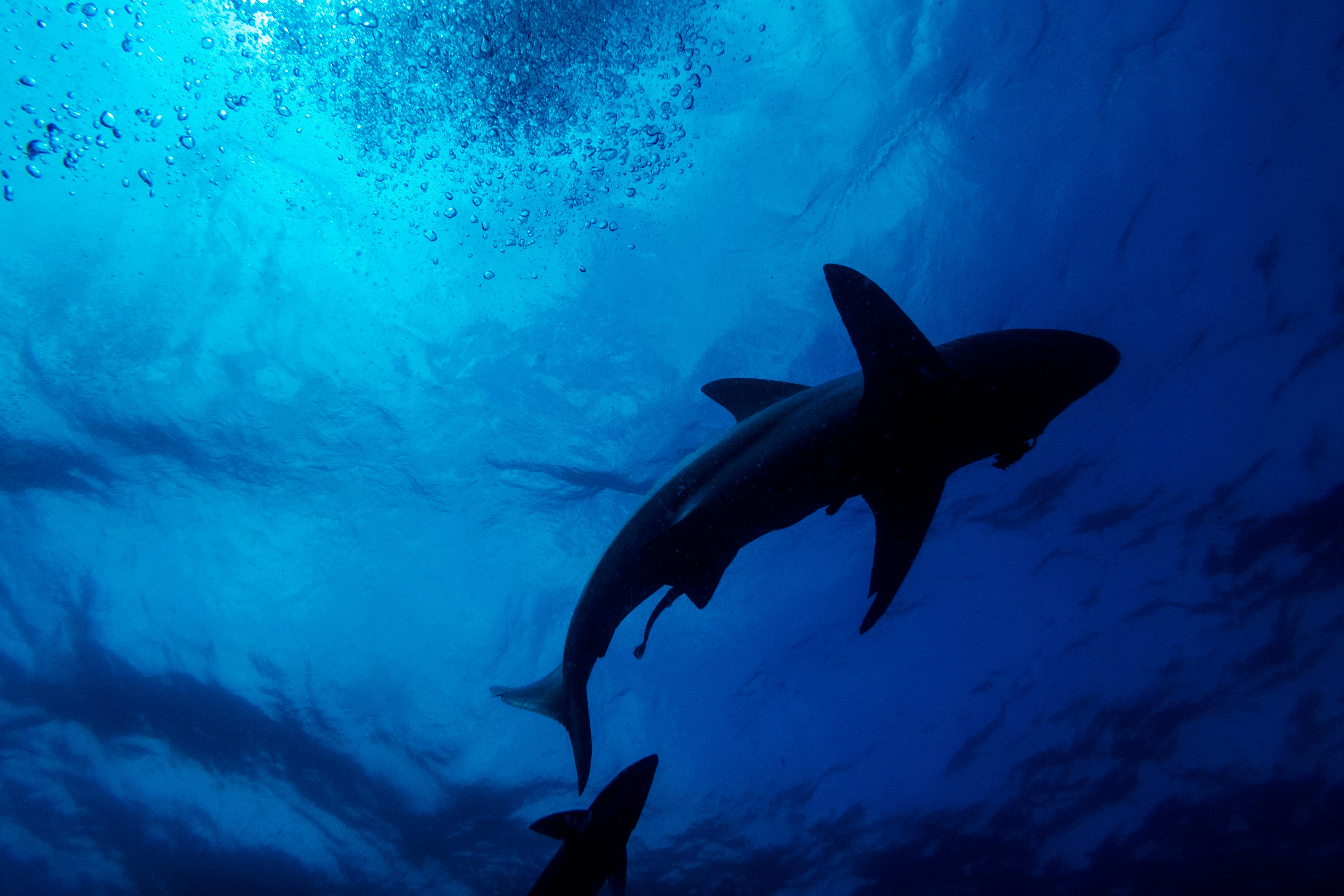Sharks were spared during extinction event that wiped out dinosaurs, study finds
Research sheds light on how marine ecosystems changed after the dinosaur-killing extinction event

Your support helps us to tell the story
From reproductive rights to climate change to Big Tech, The Independent is on the ground when the story is developing. Whether it's investigating the financials of Elon Musk's pro-Trump PAC or producing our latest documentary, 'The A Word', which shines a light on the American women fighting for reproductive rights, we know how important it is to parse out the facts from the messaging.
At such a critical moment in US history, we need reporters on the ground. Your donation allows us to keep sending journalists to speak to both sides of the story.
The Independent is trusted by Americans across the entire political spectrum. And unlike many other quality news outlets, we choose not to lock Americans out of our reporting and analysis with paywalls. We believe quality journalism should be available to everyone, paid for by those who can afford it.
Your support makes all the difference.Sharks may have been spared a global extinction event millions of years ago that wiped out several species, including all large marine reptiles like mosasaurs and non-avian dinosaurs, according to a new study.
Scientists, including those from Sweden’s Uppsala University, have shed light on how the dinosaur-killing extinction event transformed ecosystems and the kinds of marine organisms the change favoured. They found sharks to have maintained a constant diversity across the Earth’s oceans during this time.
The researchers analysed the morphology of 1,239 fossil shark teeth pertaining to the K-Pg boundary, which is the period between the late Cretaceous 83.6 million years ago and the early Paleogene 56 million years ago. This is when the age of the dinosaurs came to an end.
The analysis, published on Tuesday in the journal PLOS Biology, included shark species in eight existing orders and one now-extinct order.
Based on the study, scientists point out shark dental diversity was already declining prior to the K-Pg boundary, but remained relatively constant during the mass-extinction event itself.
While some shark species, particularly those with triangular blade-like teeth, suffered selective extinctions during this period – linked to the extinction of their prey species – researchers say other shark lineages increased in dental diversity after the K-Pg boundary.
“Cretaceous anacoracids (an extinct shark family that lived during the Cretaceous period) suffered a selective extinction, captured here by the loss of triangular, blade-like tooth morphologies traditionally associated with apex predator lifestyles,” the scientists wrote in the study.
They observed that sharks in the Odontaspididae family, which have narrow, cusped teeth adapted for feeding on fish, increased in diversity, coinciding with the rapid diversification of finned fish in the early Paleogene.
The study suggests this pattern of selective extinctions may reflect an ecological shift from specialist predators to more general bony fish diets.
“Coincidentally, the Paleocene diversification of teleosts (a group that includes sharks and fishes with bony skeletons and symmetrical tails) offers a potential driver, coupled with the dietary adaptability of selachimorphs (groups of fishes, including sharks, that have distinct features including cartilaginous skeleton and five to seven gill slits on the sides of the head) as opportunistic ‘generalist’ predators capable of exploiting emergent food resources,” the researchers added.
The scientists call for further studies assessing the shark diversity of this time period sampling more fossil teeth across time and geographies.
Join our commenting forum
Join thought-provoking conversations, follow other Independent readers and see their replies
Comments